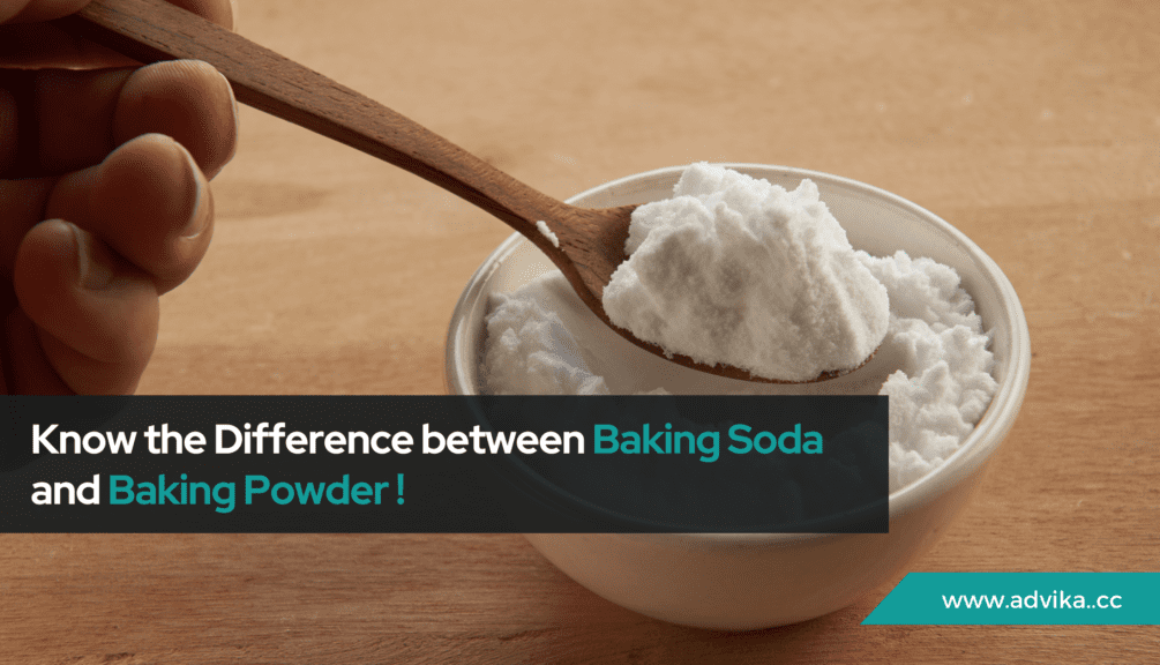How to Create a Coffee Shop Business Plan?
Opening a coffee shop is thrilling, but it all starts with one crucial step: how to create a coffee shop business plan? Whether you envision a warm corner where folks sip lattes or a grab-and-go café that fuels the morning rush-hour crowd, any fantastic idea needs a solid plan to become reality. Your coffee shop business plan is where your dream becomes real. It shows how you’ll actualise your vision, operate your café, and scale it over time. Here we have put together a simple guide that walks you through every step.
What Exactly Is a Coffee Shop Business Plan?
It’s your blueprint. It explains what your coffee shop will offer, who your customers are, how much you’ll charge, where you’ll operate, and how you’ll handle money. It’s a detailed document that brings your business to life on paper.
Most coffee shop plans are about 15 to 20 pages long. Some people even include visuals like a mock menu, photos of the interior they’re imagining, or charts showing monthly costs. These additions can help others understand your vision clearly, especially if you’re sharing the plan with investors or partners.
Coffee Shop Concept and Executive Summary
Start with a strong introduction. This section, often called the executive summary, gives people a quick but clear idea of what you’re planning to build. Talk about your concept, the kind of vibe you’re aiming for, your location, and what sets your café apart from others nearby.
You can also say what type of funding you require, how you are going to spend that money, and where your long-term plans are headed. This is your opportunity to make people enthusiastic about your proposal.
What Type of Café Will You Open?
There is no one-size-fits-all with coffee shops. You could be opening a small grab-and-go kiosk. Maybe you’re going in for a full café with baked goods and seating. Or perhaps your cafe will have the ambiance of a comfortable living room, with soothing music and Wi-Fi.
Spend this section taking someone through your idea. Explain why you went with it and how you intend to operate the business. You can even tell a little bit of your own story and what motivated you, what skills you bring, and where you see the business heading.
Building a Solid Team
No coffee shop operates without humans. If you’re going to hire a single barista or an entire kitchen staff, your business plan needs to detail who will be working with you.
Discuss the various roles you’ll require, such as baristas, a cook, a manager, or a person to take care of the marketing. Describe whether they’ll be full-time or part-time, how you’ll train them, and what pay or benefits you’ll provide. Having a staffing plan in mind also assists when you make your budget down the line.
Knowing Your Market
Every successful café has knowledge of who their customers are. In your plan, have a section describing who your target market is and what they’re looking for. Are you catering to students, professionals, parents, or tourists?
Next, discuss where you’re located. Are you close to offices, schools, or parks? What’s your foot traffic going to be? If you’re close to other cafés, how are you going to differentiate yourself?
If you’ve conducted any research, such as surveys or market research, put that in as well. Perhaps there’s high demand for specialty beverages where you live or not enough vegan cafés to go around. Those are great points that make your proposal even better.
Designing a Menu That Works
Your sample menu is not merely a catalogue of beverages. It reflects you. Will you offer only organic beans? Matchas and cold brews? House-baked pastries? Frappes with sweet toppings?
Your menu should be reflective of your concept and suit your crowd. A younger demographic may enjoy sweet, photo-worthy beverages. Health-conscious consumers might request light roasts, herbal infusions, or plant-based beverages.
Don’t forget to plan for snacks or food items if your place is popular during lunch or breakfast time.
Spreading the Word
People find you through marketing. Even great coffee won’t get customers in the door if they don’t know about it.
In your business plan, outline how you’ll market your café. Will you advertise on social media, host events, offer free samples, or collaborate with local artists or musicians?
It’s also a good idea to consider four important areas which are your product, your price, your place, and your promotions. What are you selling? How much will it cost? Where are you selling it? And how will you get people’s attention?
If you’ve considered your marketing budget, include that as well.
How You’ll Keep It Running

Now let’s dive into daily details. This section of your plan should detail how you will operate the shop, equipment you will require, and supplies you will need to manage.
Begin with your space. Will you rent a small retail shop or turn a house corner into a café? What type of seating and storage will you require?
List your key equipment too – espresso machines, grinders, coolers, cash registers, or a POS system. Include your suppliers, how often you’ll order, and where you’ll source your beans, milk, or baked goods.
You can also explain how you’ll save money, like by buying used furniture or reducing food waste.
Financial Planning and Forecast
This is where you demonstrate how your business will be profitable. Although coffeehouses tend to have low margins, planning carefully still allows for long-term profitability.
Add in your anticipated monthly income and expenses, your startup costs, and any loans or investments you’re relying on. Add a break-even analysis so it’s clear how much you need to earn to make your money back.
You can also create a balance sheet that lists your liabilities and assets, particularly if you’re negotiating with banks or potential investors.
Ready to Take the First Step?
Writing down your coffee shop idea is the first concrete step towards making it a reality. A business plan clarifies your thoughts, saves you from surprises, and lays a solid foundation for growth.
If you are developing a coffee shop and need professional assistance in planning, design, or strategy, we’re here for you. Get in touch with the best restaurant consultancy in Bangalore to bring your idea to life with confidence.
Also Read: Restaurant Operating Costs – A Complete Guide























